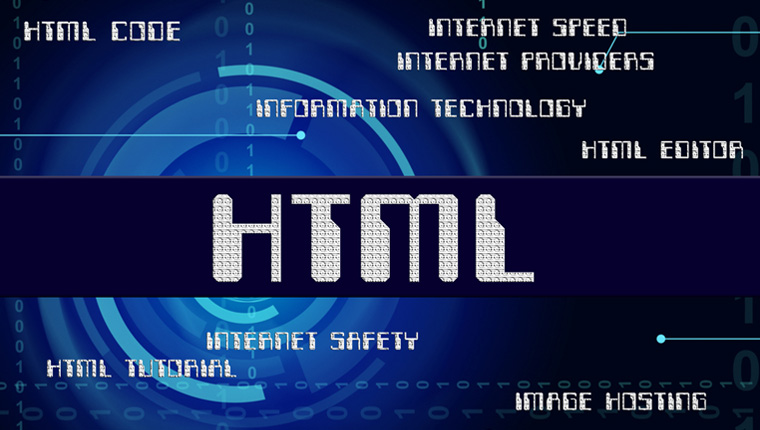FAQs on Converting Flash to HTML5 [Infographic]
![FAQs on Converting Flash to HTML5 [Infographic] FAQs on Converting Flash to HTML5 [Infographic]](https://blog.commlabindia.com/hubfs/Imported_Blog_Media/convert-flash-html5-faqs-answered-infographic.jpg)
With Flash becoming defunct by the end of 2020; to retain your valuable eLearning courses, convert Flash to HTML5. But what exactly is HTML5? How will it help my organization? How is HTML5 better than Flash? Does it support responsible design? What about Flash-based interactivities? Can HTML5 replicate them? Is HTML5 supported by iOS devices? How difficult or easy is it to update content on HTML5?
What does converting Flash to HTML5 involve? Will I need to use HLML5 coding or are there any authoring tools for this conversion? How do I ensure that conversion gives better quality? What if HTML5 is phased out too? Can I launch HTML5 courses on any LMS? What if I don’t have the source files to convert Flash to HTML5? Will I lose all that content? What about my Flash courses built in previous versions of authoring tools? Is it possible to rebuild them into HTML5-based courses?
Do I have the required experience and expertise for the conversion? What if I have complex conversion requirements? Or very high volumes of conversion within tight timelines? What are the benefits of having an experienced and expert vendor to convert Flash to HTML5? How do I check if the converted courses run well on an LMS?
If these are some of the questions racing through your mind, check this infographic for answers around converting Flash to HTML5 and the advantages this offers.



![FAQs on Converting Flash to HTML5 [Infographic] FAQs on Converting Flash to HTML5 [Infographic]](https://blog.commlabindia.com/hs-fs/hubfs/Imported_Blog_Media/convert-flash-html5-faqs-answered-infographic-1.png?width=900&height=4994&name=convert-flash-html5-faqs-answered-infographic-1.png)



